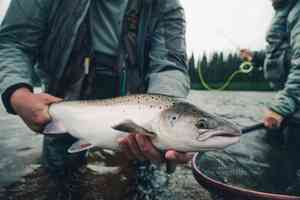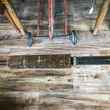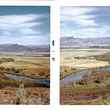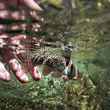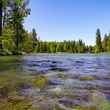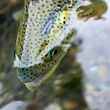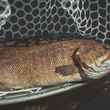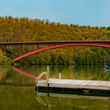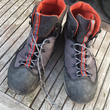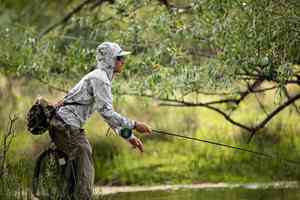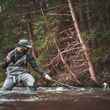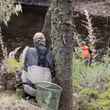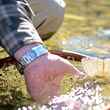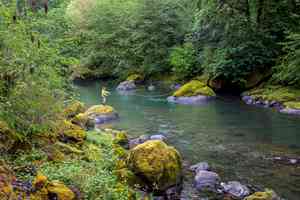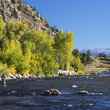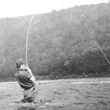The other day, I reluctantly headed down to my basement for some long overdue purging and cleaning. Though, at times of the year, the shelves on which virtually all of my fly fishing gear is stored are an picture of organization and care, by this point in the season they're typically a horrifying mess. This year has proved no exception to this pattern. So, amongst tasks like bagging up old toys for Goodwill and gathering up the 50 empty bottles of Tide my wife has accumulated in the laundry area, I did a bit of surveying of my fly fishing gear to see what could go on eBay, what I could offer to friends and what could just get junked in order to clean up the disaster that has developed. In the process of doing so, I came upon the rat's nest seen below.
Of course none of the fly lines pictured above are labeled. Labeling my lines as I take them off the reel is a good habit I've only more recently developed, previously lingering under the delusion that I would remember by sight what each fly line was and be able to quickly identify it. The reality could not possibly be farther from that delusion, as not only can I not accurately identify any of these fly lines, I can't even hazard a guess as to what they might be.
